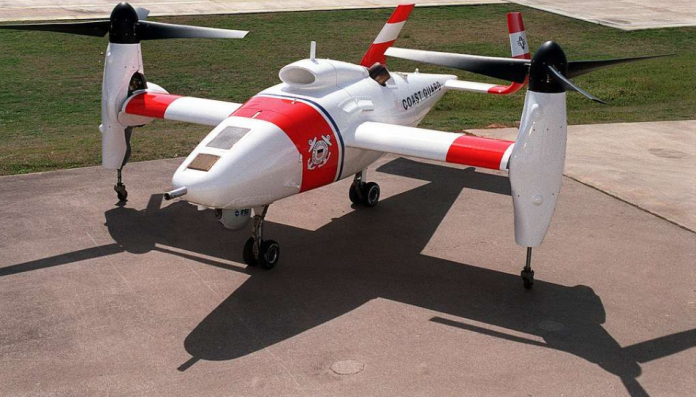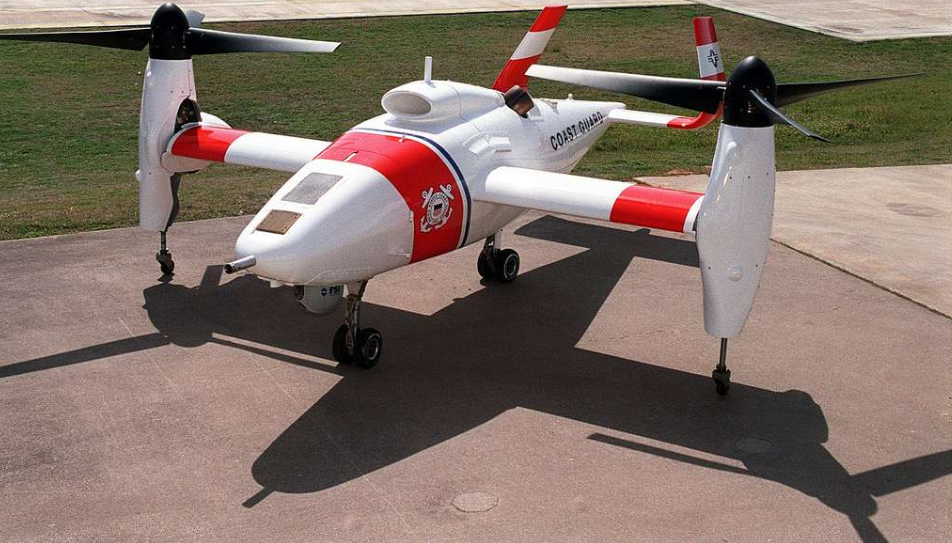
Was Russia’s newest mechanized wager predestined to fail? The unsuccessful attack south of Kostyantynivka provides a telling study in how advanced defensive engineering, unmanned assets, and battlefield preparation can disassemble a big-picture offensive. In early October, the Russian army launched one of its most ambitious drives in months, advancing heavy armor, infantry-fighting vehicles, and motorcycles in an effort to break through Ukraine’s fortress ring in Donetsk.

Rather, the attack faltered under coordinated Ukrainian firepower. The drones, layered defenses, and precision firepower of the Phoenix Regiment made the battlefield a kill zone. This engagement is not a standalone event it is representative of deeper trends in tactics, from Russia’s use of massed assaults to Ukraine’s adoption of unmanned systems in multiple domains. The sections that follow analyze the critical factors that determined the outcome.
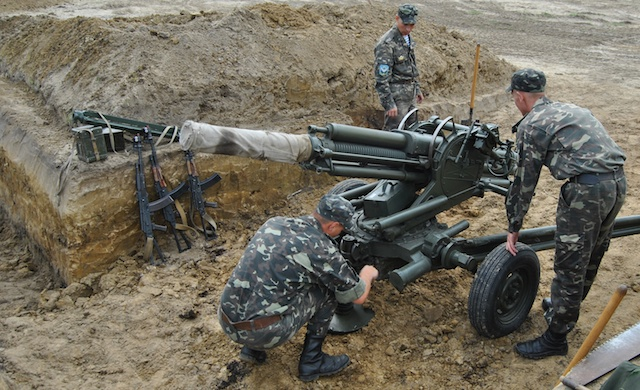
1. Kostyantynivka’s Strategic Role
Kostyantynivka is located in Ukraine’s Donetsk defensive belt, a network of lines that is supposed to absorb and turn back mechanized advances. Russia already occupies approximately 70% of the province, which makes the town a prized target. A breakthrough here will make it possible for Russian forces to outflank Pokrovsk and destabilize several sectors at once, according to Ukrainian military experts.
Geography adds its own weight to that importance. The Bychok River bridgehead close by provides Russia with an armor and troop logistical path, but Ukrainian engineers have channeled possible advances along the Pokrovsk–Kostyantynivka highway, where dragon’s teeth, anti-tank ditches, and hidden positions constitute a defense in depth. This shaping of terrain was essential for directing the assault into well-predictable, deadly areas.

2. Russian Gamble on Massed Armor
Confronted with bogged-down gains, Russian commanders ditched smaller probes in favor of a massive mechanized column at least 23 armored vehicles and more than a dozen motorcycles. The column was made up of tanks, infantry fighting vehicles, and armored personnel carriers, which sought to overwhelm Ukrainian positions in a single, crushing blow.
But the column’s options for maneuver were few. Mines spilled into neighboring fields, and efforts to go around obstructions only took vehicles into anti-tank ditches. Without the engineer cars or motorcycle detachments required to clear dragon’s teeth, armor funneled together under concentrated fire. The bet paid off, with 18 armored vehicles lost and almost 200 men killed.
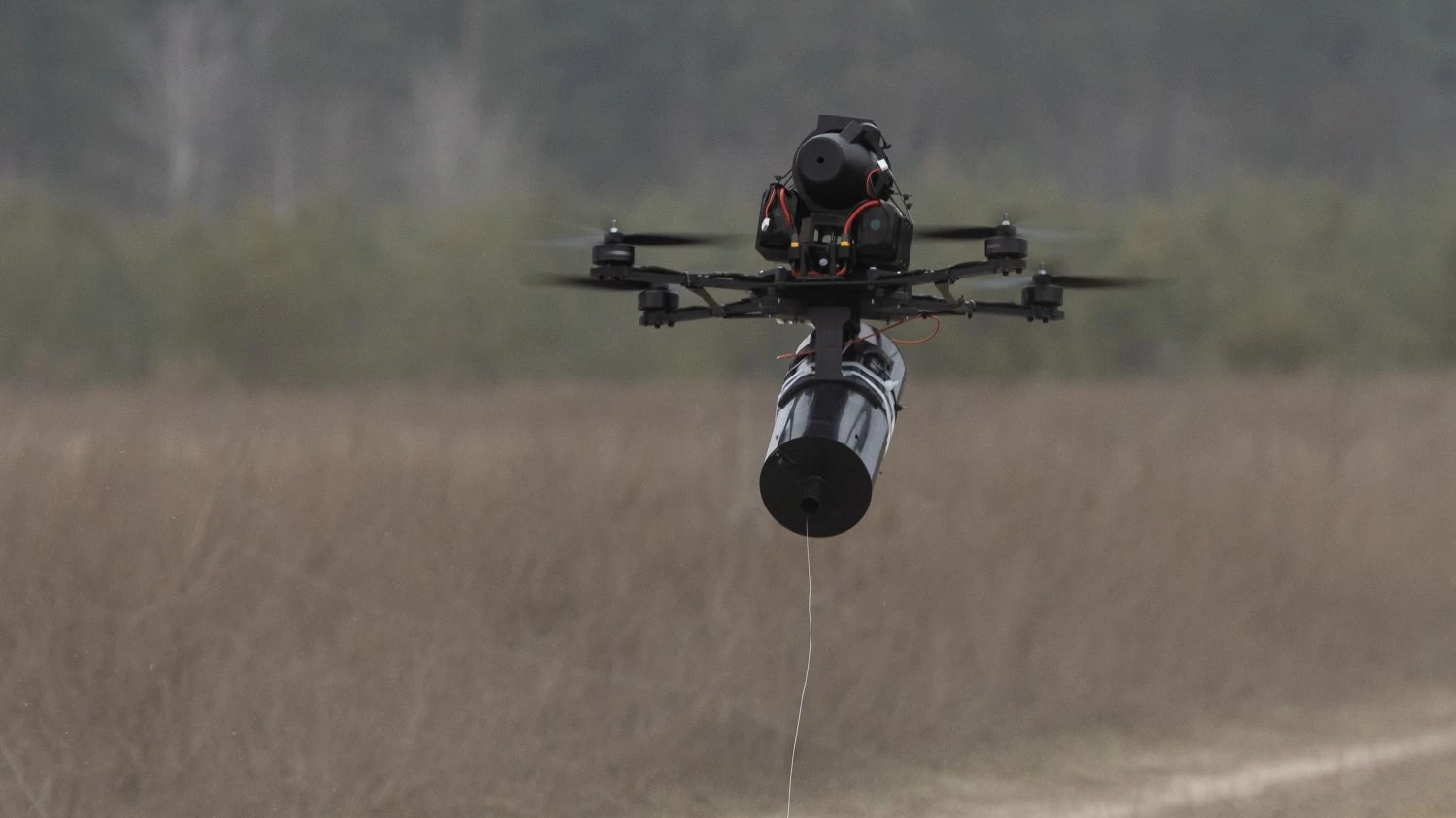
3. Drone Tactics of Phoenix Regiment
The Phoenix Regiment of Ukraine’s Forces of Unmanned Systems acted as the turning point. First-person view (FPV) drones attacked Russian tanks during staging, halting the attack before it even fully commenced. They were later preceded by heavy bomber drones, which destroyed more vehicles and weaponry.
This strategy reflects broader Ukrainian drone innovations, such as sea-launched bomber drones employed in Crimea against high-value radar targets. Integrating drones into layered defense, Ukrainian forces can provide precision strikes that enhance artillery with overlapped kill zones.

4. Defensive Engineering and Kill Zones
Ukrainian defenses surrounding Kostyantynivka are not unyielding walls they are constructed to funnel attacking forces into pre-sighted kill zones. Anti-tank trenches, concrete dragon’s teeth, and hidden gun emplacements funnel enemy armor into chokepoints.
Here, the minefields were laid beyond road borders, ambushing cars trying to go around obstacles. Once trapped, these were knocked out by drones or guns. Eliminating the engineer vehicle responsible for clearing the obstacles meant that the column was unable to advance, holding them in position under continuing fire.
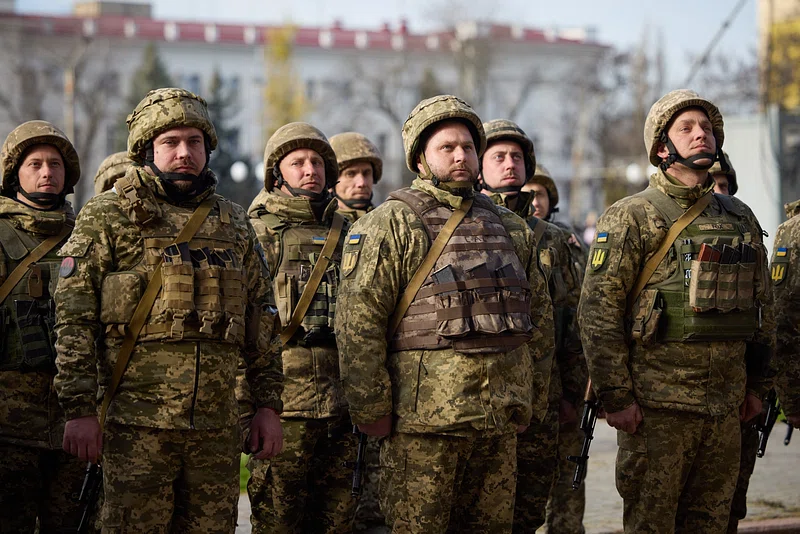
5. Russian Misreading of Weather Advantage
Russian troops tried to take advantage of worsening weather, hoping lower visibility and mobility would help in a surprise advance. However, Ukrainian troops had learned to deal with such conditions, with drone pilots and gunners remaining on call.
Winter and bad weather have been at the center of much analysis, such as IISS estimates observing Ukraine’s more advanced winter equipment and small-unit command provide them with an advantage. Weather here did not screen Russian moves sufficiently to avoid detection, and the size of the assault precluded concealment.
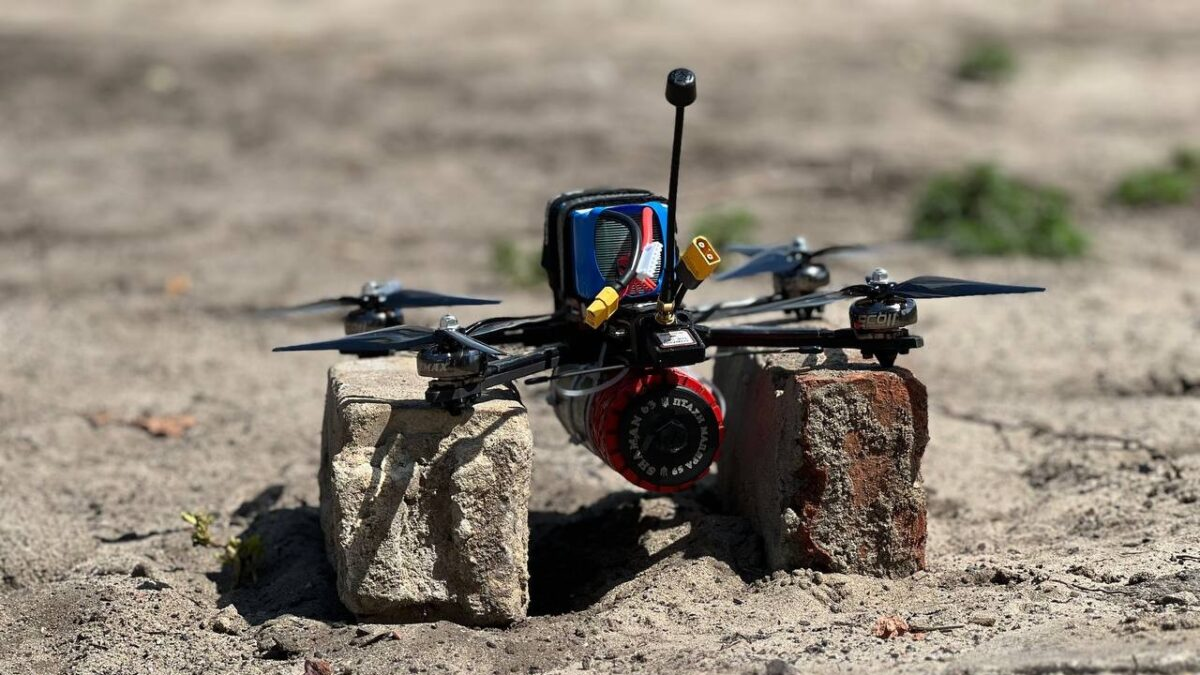
6. Coordination of Artillery and Drones
Ukrainian tactics increasingly combine reconnaissance drones with precision artillery. FPV drones locate and attack point targets, while artillery engages wider sectors. Artillery can drive enemies from cover, and drones can follow them into tight spaces, as a Phoenix operator explained in previous fights.
This coordination was on display in Kostyantynivka. Drones targeted immobilized vehicles, while infantry pushing forward came under artillery fire. The combination achieved maximum attrition with minimal Ukrainian exposure.
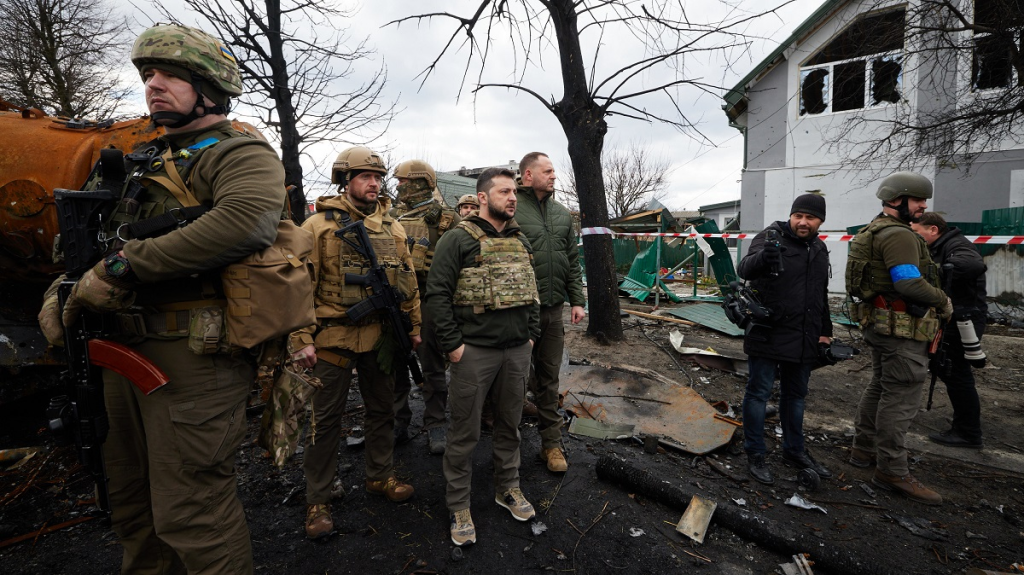
7. Wider Operating Environment
The failed advance indicates a wider trend of Russian attacks encountering well-entrenched Ukrainian positions. The same has occurred in Pokrovsk and Dobropillya, where Russian breakthroughs were too thin to maintain depth and were overrun by counterattacks.
Ukraine’s capacity to rapidly redeploy elite units, as in the southwest of Kostyantynivka, has gained time to re-man secondary lines. In turn, Western military assistance like Canada’s funding for long-range drone manufacturing triggers ongoing adaptation of these defense techniques.
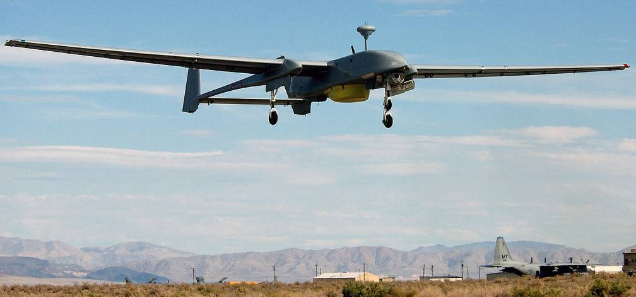
The Kostyantynivka battle underscores how modern defensive warfare blends engineering, unmanned systems, and rapid coordination to neutralize larger mechanized forces. For military analysts, it is a reminder that massed armor without mobility or obstacle-clearing capacity is highly vulnerable in the face of layered defenses. As Russia recalibrates and Ukraine anticipates renewed assaults, the lessons from this failed breakthrough will shape both sides’ tactical decisions in the months ahead.
